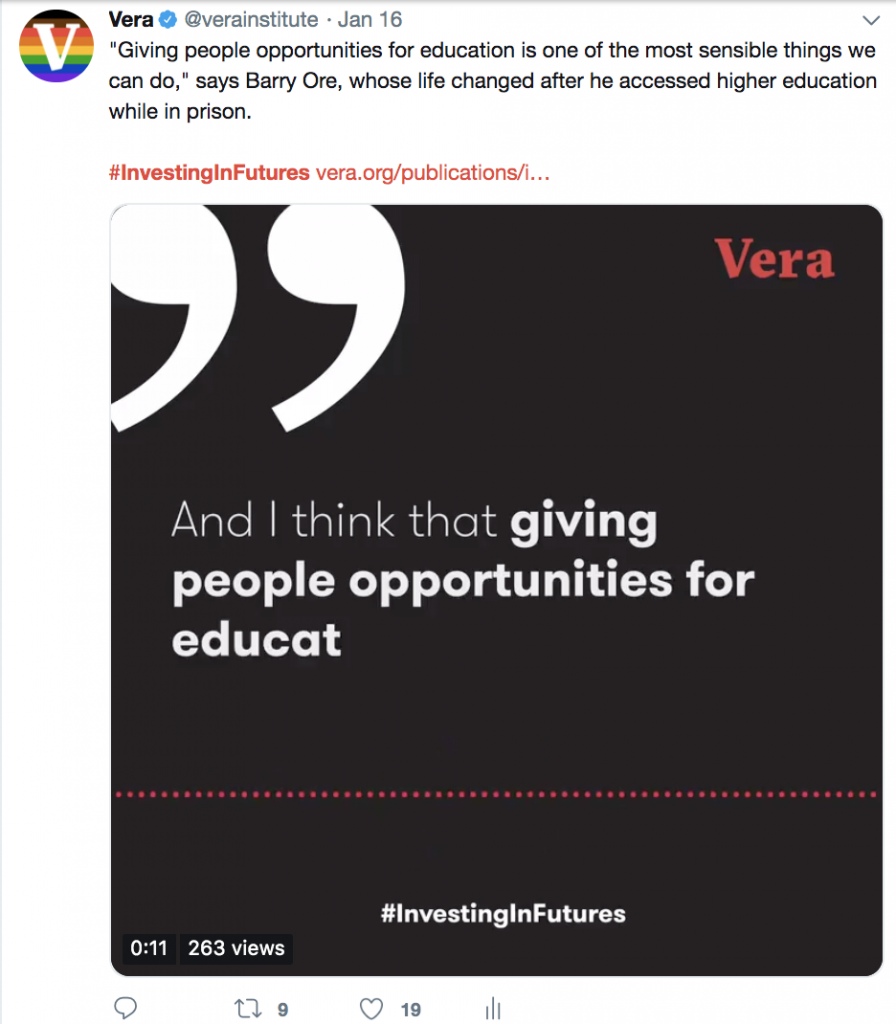Read time: 4 minutes
We recently released a guide to help nonprofits develop creative that reaches your goals while living your values. It’s a pretty great read, if we do say so ourselves!
This post is part two of a five-part series exploring the elements of effective creative. If you missed part one, on demonstrating need, you can check that out here. Or you can you just go ahead and keeping reading—this will still all make sense, and we aren’t here to tell you what to do.
+++
What does it mean for creative to be “effective”? For direct response marketers, it means our creative gets someone to do something.
The specific goal for a particular piece of creative will be determined by the strategic or tactical purpose of the campaign. In many cases, the ultimate purpose of an effort may be to raise money, to acquire leads, or to put pressure on decision-makers. The creative goal flows from that larger purpose.
To persuade someone to do that thing, we must communicate the need facing our causes and our communities, we must inject some urgency into the moment, we must speak with authenticity, and we have to show people how they—sitting on their couch, flicking through their inbox or social media—can make a difference.

Source: Vera Institute
Enter impact. Impact has a symbiotic relationship with need. If there is no need, it’s impossible for an individual to make an impact. But need without the potential embodied by impact? That is inevitable tragedy, hopelessness, and despair. We don’t need any more of that in our lives.
Need is the expression of a problem, but impact isn’t simply our proposed solution. That can be a helpful starting place, but it is missing a critical component. Communicating impact successfully doesn’t merely propose a solution; it defines the audience’s role in that solution.
For direct response creative, communicating impact means making a single, explicit ask. That call to action is the defining feature of direct response creative, whether it’s a fundraising ad, an action alert email, or a tweet encouraging supporters to call Congress. Because good creative is creative that works to advance a goal, a clear expression of impact and call to action is absolutely essential.

Source: The American Society for the Prevention of Cruelty to Animals
But supporters aren’t ATMs, and taking action is not a Pavlovian response. It is not enough to make an ask—we demonstrate impact by illustrating what will happen if the audience does what we are asking them to do. Impact provides a direct link to an individual’s response (volunteering, emailing Congress, becoming a sustainer) and the need we’ve already articulated.
There are often several ways to make an impact, but effective creative will nearly always center on a single, specific action. When we suggest three or four ways for an audience to get involved, we introduce uncertainty and make response less likely. Effective creative does not provide a menu of options, it presents a binary choice. Make this impact, or ignore the need.

Source: USA for UNHCR
This does not mean that we are asking the audience to solve the problem single handedly. First, that kind of formulation can perpetuate white saviorist tropes, or frame the people we serve as a problem to be solved. It is also nearly always inaccurate. Change is hard, and pretending that there are easy solutions to complex problems damages authenticity. (We’ll get into authenticity as an essential element of effective creative in an upcoming post, but if you don’t want to wait you can dive into our full creative guide now.)
We should be plausible with our impact, which often means talking about the supporter’s role as part of a movement or holistic effort. A $50 gift won’t save the entire Amazon rainforest. We shouldn’t pretend that it will. But that $50 could train a forest protection ranger, who in turn could prevent the destruction of hundreds of acres of rainforest—and when that $50 gift is combined with hundreds of other $50 gifts, suddenly our vision of a healthy and protected rainforest feels a heck of a lot more realistic.
We’ve now centered our creative on a need and showed the audience how they can make an impact. That’s enough to communicate to the audience why their action matters. Next up: urgency, to express why it matters right now.
————
Gwen is the Creative Director here at M+R. When she’s not scheming up new campaigns or writing dazzling copy, she’s kicking it with her pug Frankie. You can reach her at gemmons@mrss.com.
Will is the Senior Creative Director and sole member of M+R’s remote Rhode Island outpost. Send him a note at wvalverde@mrss.com with questions about copy, creative, or comics.
